Do you know these less-heard rituals and customs associated with Onam and Pookkalam of rural Kerala?
Onam, also known as Thiruvonam is dubbed as the ‘National festival of Kerala’, which forms an integral part of Kerala’s culture and celebrations. In the bygone days, when rural villages were more prominent, many interesting customs and rituals were associated with Onam. Earlier I have submitted one similar post related to Karkidakam month. Read it here. Onam is associated with countryside games as well as some interesting customs, which Malayalis across the world follow every year. Though many of such customs have faded with older generations, a few still exists, though as records or a part of cultural celebrations. Through this column I shall introduce you to some of less-heard rituals and customs associated with rural Kerala during Onam season, mostly linked to Pookalam making. I presented them here in the order of events, which starts with the month of Karkidakam.
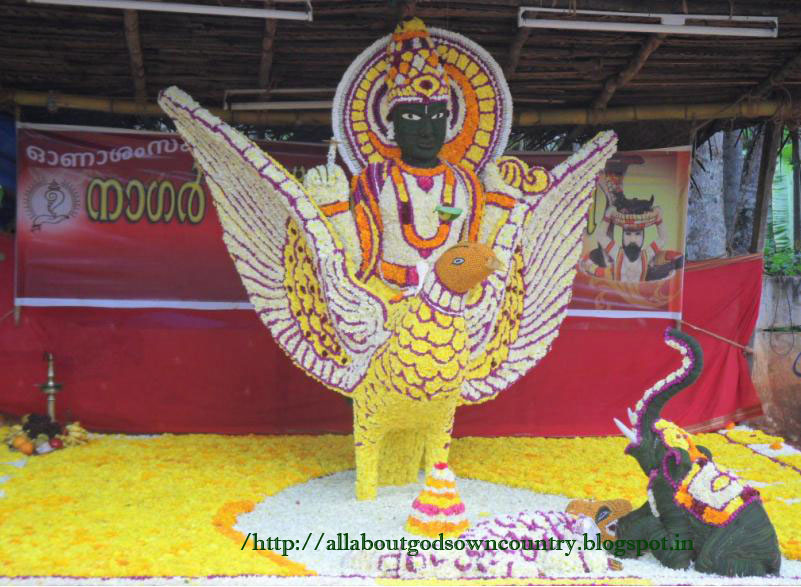
Some of these customs and proceedings are linked to Karkidakam month as well. You can read some of them in detail in my article submitted a couple of months ago. I have also added one interesting topic on some of the unheard words related to Onam, a few years ago. Please read it here. In this topic I shall concentrate on some customs performed during Onam season.
Kaliyanu Vaikkal or Kaliyanu Kodukkal
I have told about Kaliyan in detail in the Karkidakam article. Yet I shall give a small description here. In cultural beliefs, Kaliyan is known to be a fierce figure with big round eyes, sharp teeth and red tongue pulled outside. He is known to be master of Karkidakam, the dark month of famine, poverty, diseases and disasters. If he turns angry, it can create havoc in the last month of Malayalam calendar i.e. Karkidakam. So it’s needed to please him, to reduce the intensity of hardships of this ‘Panja Maasam’ (poverty month). If Kaliyan is pleased, he blesses with prosperity.
On Karkadaka Sankramam day, people prepare their favourite dishes and offer it to Kaliyan to please him. Soon after preparation they fill a part of the prepared food in a coconut shell and keep it aside as an offering, before they eat. The rituals are conducted at dusk. They also pray to Kaliyan while placing the offering, along with some items representing rural culture and agriculture. Some of the items include models of agricultural equipment like ox, cowshed, machinery, shovel, plough, yoke, palm hat used in fields etc, made using jackfruit leaves, arrowroot leaves, fresh midrib of coconut leaves (pacha eerkkil), banana stem and leaves, tender coconut leaves etc. (Interestingly many of this traditional and manual items have been replaced with advanced machinery in agricultural fields now).
When Kaliyan is offered with these items, the people cheer the occasion with music and big shouts, and often use traditional percussions. ‘Kurava idal’ is done by senior ladies at this occasion also. They also carry fire torch in hands and swing it around praying, ‘Kaliyano Kaliyan… Kaniyane Bhayaaan’, which literally translates ‘Hey Kaliya, we pray before you, feel pleased with us O Lord!’ They utter the words aloud and keep moving fire torches in hands, so as to welcome prosperous Chingam.
Pilleronam or Kunjonam (which literally translates as ‘Kids’ Onam’)
Nicknamed as Kunjonam, Pilleronam is celebrated on the Thiruvonam star day of the holy month of Karkidakam. Normally real Thiruvonam comes on 28th day of Pilleronam (if any star doesn’t repeat in between, but never comes before in normal cases). It may vary up to 31 days. On this auspicious occasion, the full control of the family will be given to kids while elders stay away from responsibilities. So it’s the special day of kids in the family in an entire year, where they become the head of the family. Special Sadya is prepared in the ‘Panja Masam’ and it’s believed that heavy rain will end very soon and on the 10th day pleasant sun comes out of the clouds. Such customs are rarely seen today.
Uthra Kumbalam
Small cucumber (Kani Vellari) is the star of Vishu season. But pumpkin and ash gourds are the stars of Onam season. There used to be a special custom conducted every year just before Thiruvonam celebration. Now such sights are rare to see. On Uthram star day, a pumpkin will be placed on a stool (peedam in Malayalam) in the courtyard of the house. It will be placed in north-south direction and the elder male member of the family (Karanavar) cut it into two halves, with eyes closed.
If the ivy guard is exactly cut into two halves, it’s good omen. If left piece is small, wealth is the after effect. If it’s big, death is the consequence. If ivy guard crushes, accident is the consequence. That’s the prediction. Later exactly the same space is smeared using cow dung solution and used to prepare Pookkalam for next 10 days.
Atha Mathan
Pookalam commences with Atham star (in some cases it may fall on Karkidakam instead of Chingam), and yellow colour is given much significance on that day. Flowers of pumpkin are used to decorate flower carpets on this particular auspicious day. In the bygone days, pumpkin plants were potted for this purpose some days back. It’s used for the celebration of Pilleronam, and later plucked only on the auspicious Atham day, and the 10th day is Thiruvonam (at rare occasions it may be 9 or 11 days, based on the number of occurrence of each star that appears in between).
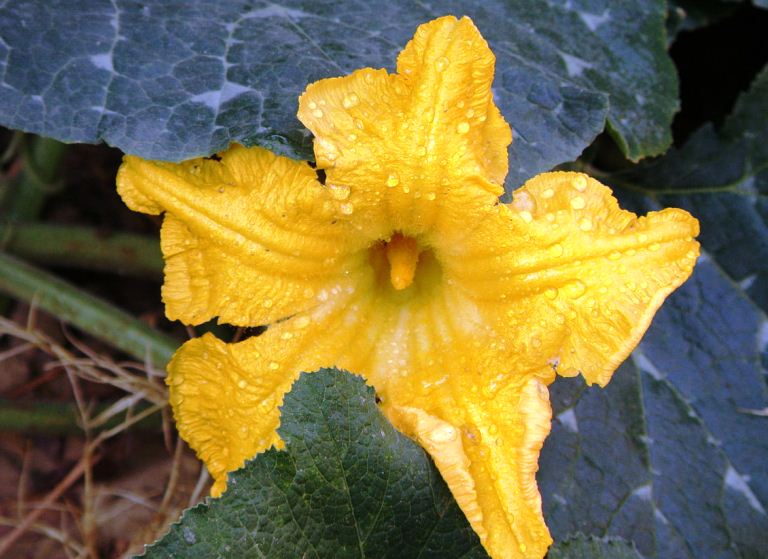
Also a special pumpkin payasam is prepared on Atham day and served among the family members. Only well-ripen fruit pumpkin is used for this purpose (we haven’t plucked any in the past one month), and sweet jaggery and coconut are added for its preparation. Some beliefs are associated with the appearance of this special pumpkin payasam too. If it becomes thick, clouds will go away and sky becomes clear. If payasam is thin after preparation, rainfall is bound is happen. There is one proverb related to this belief – Atham Karuthaal Onam Veluthu (which means if Atham turns dark/black, onam turns clear/white).
Atham prepared on Thrikketta Day has some specials
Every day, atham should be prepared fresh. Flowers should be removed and using cow dung and charcoal added soil, new atham is prepared every day. When you smear the atham on Thrikketta day, the space is smeared in a special style. It is done in such a way that the whole structure has 4 hands pointing towards each direction. It appears as if hands are lent towards each direction. East represents divinity, west represents peace, north represents wealth and prosperity and south represents health and longevity.
Corners are prepared on Moolam day of Pookkalam
On Moolam star day, atham is smeared as round first. Then it is divided into corners (Moola in Malayalam). There will be 8 corners in total representing Adityan, Eesaanan, Kuberan, Vaayu, varunan, Nriti, Yaman and Agni. So atham for Moolam day is dedicated to Ashta Dikk Palakar or Dikpala (Guardians of the directions).
Kaakka Pooradam (Crow Pooradam)
Pooradam star just before Thiruvonam is often referred to as Karimpooradam. Non-attractive, but purple coloured Kaakka Poovu (crow flower / Utricularia reticulata) is the special guest for this day’s atham. Wild basil (Kaattu Thulasi) and Karuka flower and grass are also used. As crow flower is the main flower used for decoration, it’s also called Kaakka Pooradam.
Uthrada Kazhcha
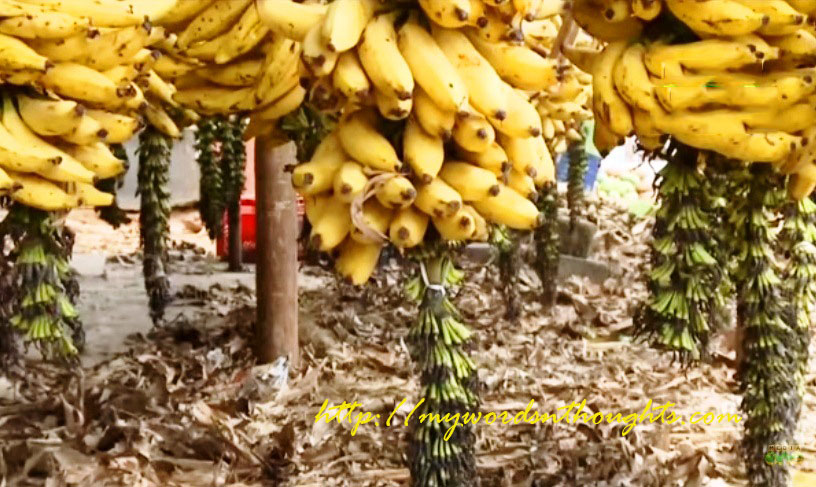
Uthradam is 1st Onam which is one day before actual Onam, best known for busy shopping also known as Uthrada Paachil. In Guruvayur temple, devotees offer Kerala banana bunches beneath the flag post. The bunch which is offered first is given to Melshanti (main priest). A part of received bananas are used for Onasadya (prepared the following day) and for Anayoott (special feast given to temple elephants), while the rest will be given to devotees through auction. Devotees offer banana at the Guruvayur temple on Uthradam day as thanksgiving to express their gratitude if their prayers have been fulfilled. Usually Kazhcha Kula (banana bunch given as offering) has some specialties. They are specially prepared for Onam season with long tails. During Onam season people often gift their relatives with such banana bunches, and also boil it on Onam day, especially in Thrissur regions.
Special offerings for atham on Uthradam day
On Uthradam day (day before Thiruvonam), three banana leaves are placed in a row before atham, and different rice measuring instruments like Naazhi, Para and Changazhi are placed above each. Only banana tips (Thumpila) are chosen. With prayers rice corns (rice without removing husk) are filled in those measuring instruments. Only Oorazhi has the right to fill rice in the contianers. It’s also known as Onam Varuthal.
Onam Kollal
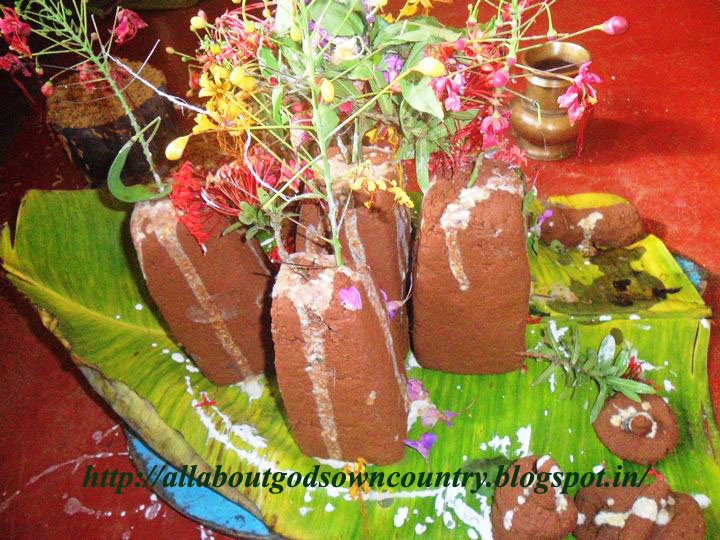
On Thiruvonam day, in the early morning atham is smeared and a Kerala lamp is lighted. Special poojas are conducted for Thrikkakarayappan after that. Kadali banana, honey and jaggery are offered to Thrikkakarayappan as Nivedyam, and later served to family members. Onam Kollal rituals are completed at this stage.
Onavillu Offering
On Thiruvonam day at the famous Padmanabha temple of Thiruvananthapuram, 8 Onavillu (onam bows) are offered after a long procedure. The rituals start 41 days ago with special poojas and vritha, and later bows are made from Manja Kadamb tree (Haldinia cardifolia). 5 colours are mixed together and bows are painted before offering to the temple on Onam day. Each bow will be 4.5 feet length and 3 feet width. Pictures of gods and goddess are carved on the bows. Anantha Sayanam, Dasavatharam, Sree Rama Pattabhishekam, Sree Krishna Leela, Shasthaav, Vinayakan – these 6 pictures are imprinted on the bows.
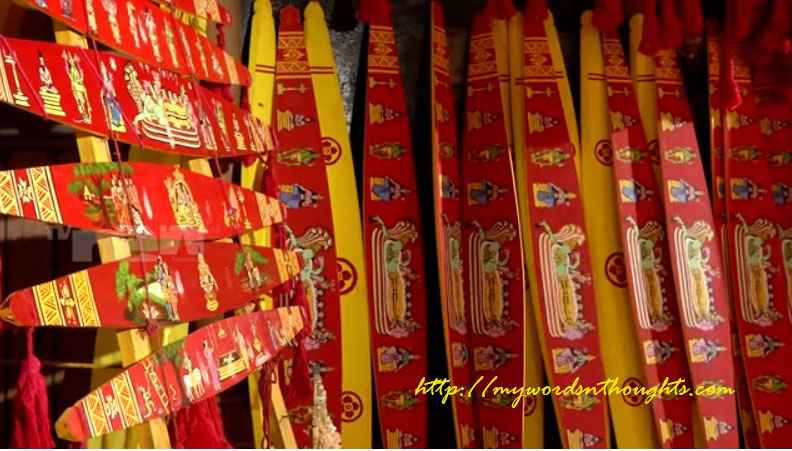
Very often Mahogany wood is also used to prepare bows. It’s believe that Lord likes Manja Kadamb and Mahogany, and hence these trees are chosen. For the past few decades, Onavillu offered on Thiruvonam day to Sree Padmanabha Temple are made by Vilayil family of Karamana. The members take vrithu and also follow a few rituals during the Onavillu making process. On the Thiruvonam day, the elder carpenter (Moothaachari) carries the Pallivillu to the temple, accompanied by his family. They are welcomed by Panchavadyam and Panivilakk. When Villu is offered to Padmanabha and placed before him, the person who has the right to pray before Lord first is none other than Moothaachari and his family. Devotees book for Onavillu in advance. As per belief, the Villu offered before Lord gives prosperity, if placed in homes.
10 things on the 10th day of Atham
On Thiruvonam day, Pookalam is made in a grand fashion, and will be as big as an old palm umbrella. A banana leaf is placed in front of Atham and different auspicious items with each ten in number are also placed. In short it will be festival of 10s. Most important is Dasapushpangal – 10 flowers which include Mukkutti, Thiruthaali, Valliyuzhinja, Vishnukanti, Cheroola, Kayyoonni, Nilappana, Karuka, Muyalcheviyan and Poovankurunnal. 10 different types of leaves are also placed. It includes the leaves of Thazhuthama, Chakrathakara, Manithakkali, green gram, pumpkin, Anchilachi, Uppoonjal, Colocasia, Mullan Cheera and Kudangal. 10 rice grains (without removing husk), 10 normal rice grains, 10 coconuts, 10 banana, 10 sesame seeds, 10 Upperi (banana chips), 10 rupees, 10 threads etc are also placed in the same banana leaf. A thumbila (banana tip) is used for this purpose. All these things represent wealth, health, prosperity and longevity.
Avitta Katta
Years back when refrigerators decorated rich man’s kitchens only, poor people have their own methods to store remaining food. Also refrigerators conquered Kerala homes in the recent times only. Whatever left for Onasadya is used as breakfast for next day, i.e. Avittam. Water is added to rice overnight and served in the morning as Pazhankanji. Usually it forms thick lumps, normally in a single piece and that’s why it is called Avitta Katta. Different curries and side dishes will be transferred to small containers and immersed in a big container containing water. Avitta Katta used to be broken in a distinct procedure. Different curries, chutney and curd will be poured on the top of rice and then broken into pieces. It is served as breakfast in the morning. Now Avitta Katta has disappeared into our memories.
Ammayi Onam
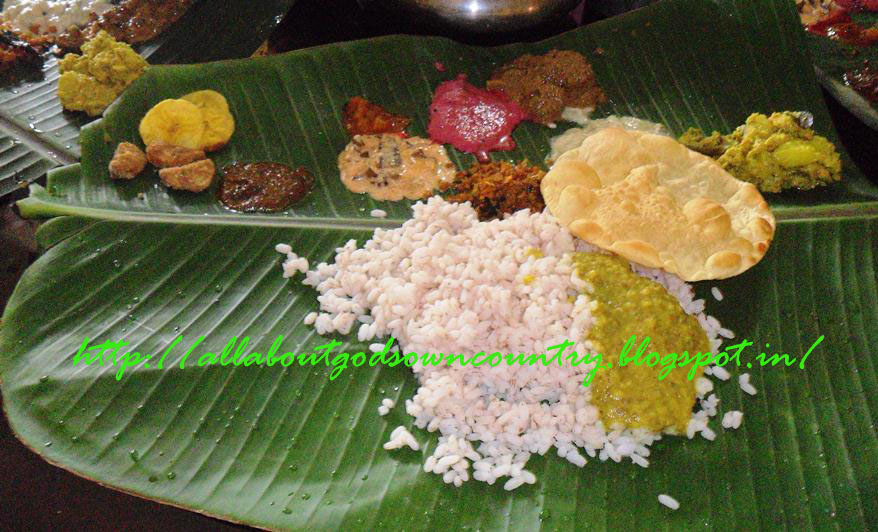
In joint families those days, there will be one senior lady who will be assigned the special responsibility to look after all customs and celebrations related to Onam, and it includes preparation of special sadya on Thiruvonam too. As an expression of gratitude this ‘aunt’ will be taken by her siblings to their respective homes on Avittam day. Usually all family members assemble at any one of their homes, where they celebrate Ammayi Onam at noon.
Onam celebration ends with Ayilyam and Makam
These two stars come on the 16th day of Onam, one after another. Onam rituals end here. This day is often called as ‘Pathinaaraam Makam (16th Makam)’ and ‘Onathinte Vaal (tail of Onam)’. This day is also the birthday of paddy plant.
Irupathettaam Onam (28th Onam)
28th Onam comes exactly one month after Thiruvonam (there may be slight difference). 28th Onam is celebrated on Thiruvonam day of Malayalam month Kanni. Also known Kanni Onam or Kani Onam, it’s often addressed as Valonam (Tail Onam) while Thiruvonam day of Karkidakam month is called Thalayonam (Head Onam). Special sadya is prepared on Tail Onam with 28 dishes. Such customs are rarely practised nowadays, and have almost disappeared.
Kaalakettu Ulsavam of Ochira
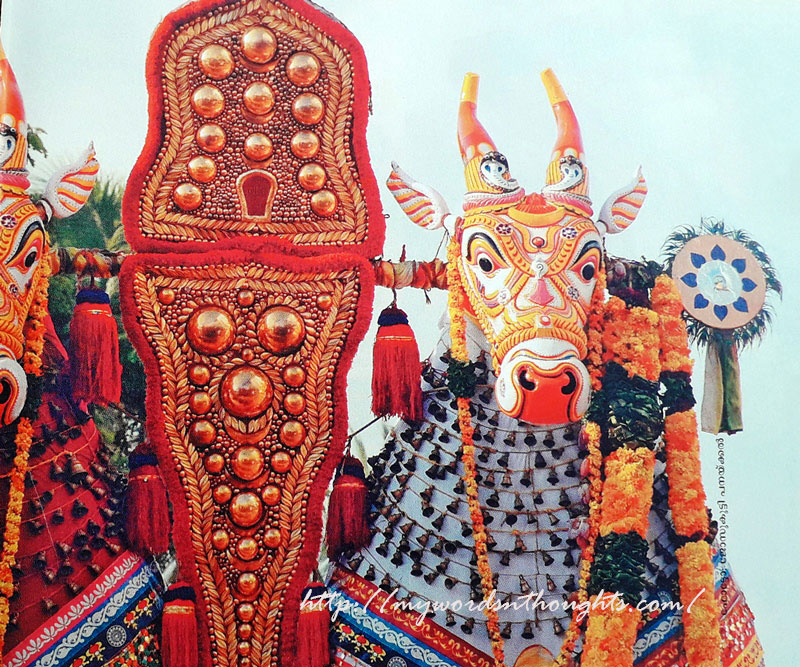
Onathallu
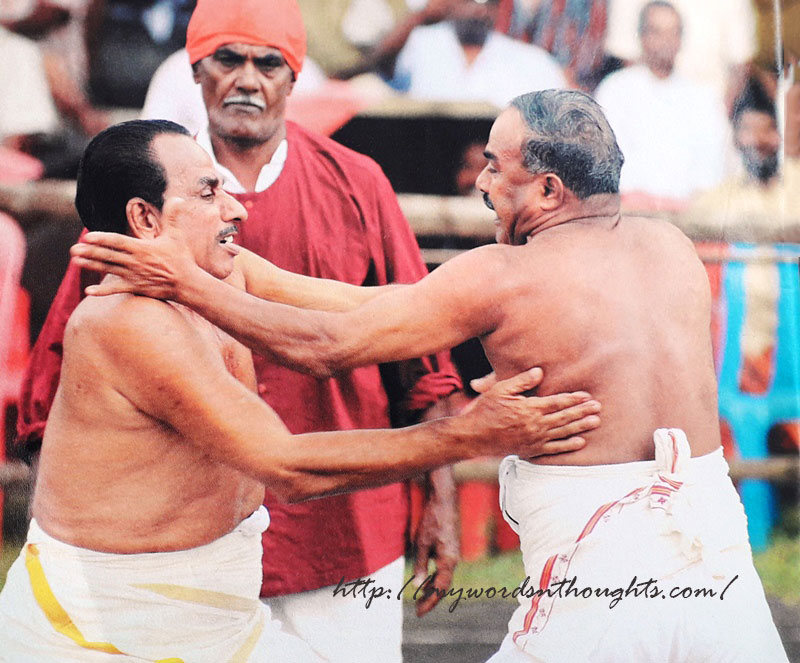

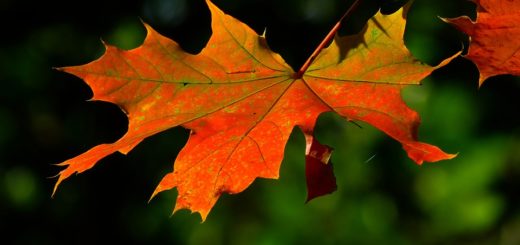











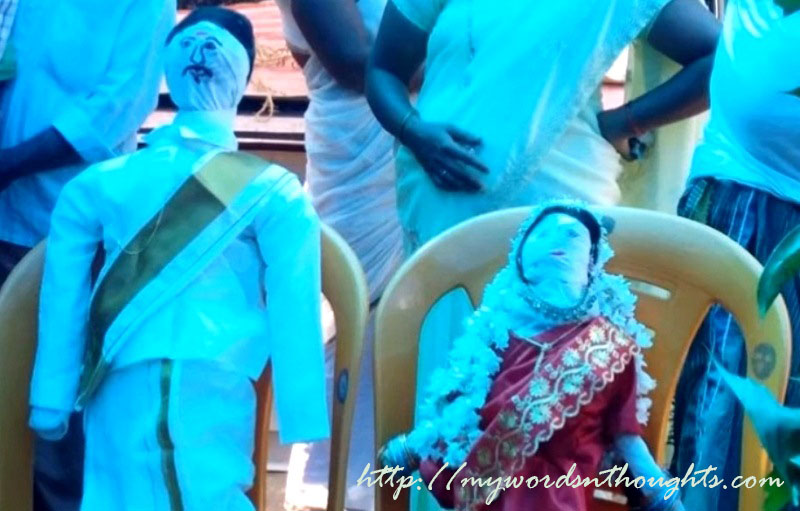
Recent Comments